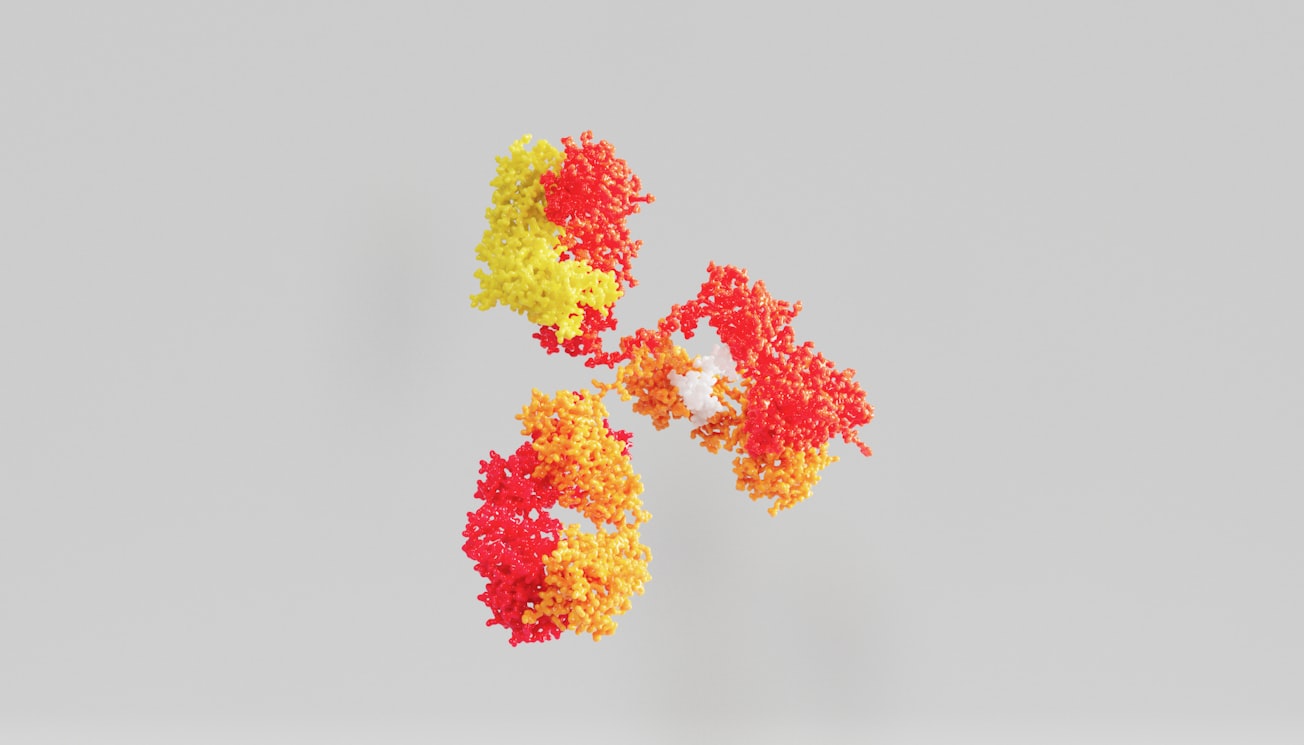What is it about?
Antibodies are one of the most important kind of drugs and are increasingly used for treatment of all kinds of disease. They are so effective because they can interact with the immune system in many different ways. However, some of these natural mechanisms can result in serious side effects. At present, about 40% of therapeutic antibodies have some sort of modification to reduce the unwanted interactions and side effects, but the present methods only go part of the way. We have now found a way to modify antibodies which completely abolishes the unwanted interactions without affecting all the other desirable properties.
Featured Image

Photo by ANIRUDH on Unsplash
Why is it important?
Our new method of antibody engineering will enable the safe and effective application in many situations - for example in cancer, neurology, autoimmunity. It will be particularly useful in combination with other emerging technologies such as 'bispecific' antibodies and antibody-drug conjugates (i.e. antibodies coupled to other drugs). It has the potential to reduce side effects of treatment, to make new treatments more widely available and to make dosing more convenient.
Perspectives
I (Geoff) have been working in this area for more than 40 years. I saw some of the very first monoclonal antibodies used in the clinic and quickly realised their powerful ability to provide new treatments, but often at the cost of life-threatening reactions. This paper represents the culmination of many years of work by scientists across the world and I'm proud to have been able to work with researchers from the next generation to accomplish this study. Through our company mAbsolve, we are now working to provide easy and affordable access to the new technology for any Biotech and Pharma company worldwide so that as many patients as possible may benefit from it.
Geoff Hale
mAbsolve Limited
Read the Original
This page is a summary of: Fc-engineered antibodies with immune effector functions completely abolished, PLoS ONE, December 2021, PLOS,
DOI: 10.1371/journal.pone.0260954.
You can read the full text:
Resources
Contributors
The following have contributed to this page










